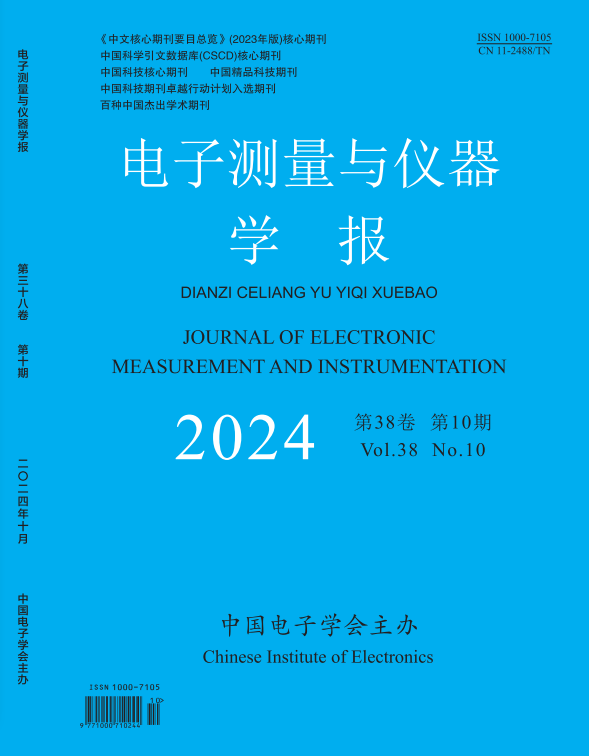2020, 34(4):33-41.
Abstract:In recent years, many scholars have applied machine learning algorithm to electromyogram (EMG) data analysis and achieved
good results, but the main direction is gesture recognition, few scholars have applied machine learning to EMG clinical diagnosis. There
are two problems:The amount of data needed is large; Machine learning is rarely used in auditory brainstem response (ABR) data
analysis. Aiming at these two problems, this paper studies the application of machine learning method in computer-aided diagnosis of
ABR data based on small data set. In this paper, 2 352 EMG examination reports of Sichuan Traditional Chinese Medicine Hospital were
collected. A data set containing 233 ABR reports data was created by inclusion criteria and data cleaning. Then, four machine learning
algorithms, linear regression, logistic regression, random forest and Artificial neural network, are used to analyze and process this data
set. According to the performance comparison, the random forest is considered to be the best one, the accuracy, recall and precision of
this algorithm is 0. 995 7, 0. 989 7 and 0. 950 0 respectively. In addition, this paper also compares the effect of each algorithm with and
without data standardization, this experiment shows that data standardization can improve the accuracy to some extent. The random forest
model outputs the importance of each indicator, the most important indicator in ABR are L_latency_5, L_latency_A and L_Interval_35,
followed by L_latency_b and L_latency_4. The integration of the importance of these indicators into the upper computer software helps to
improve the efficiency of clinical diagnosis and has certain diagnostic evaluation potential in clinical application.
